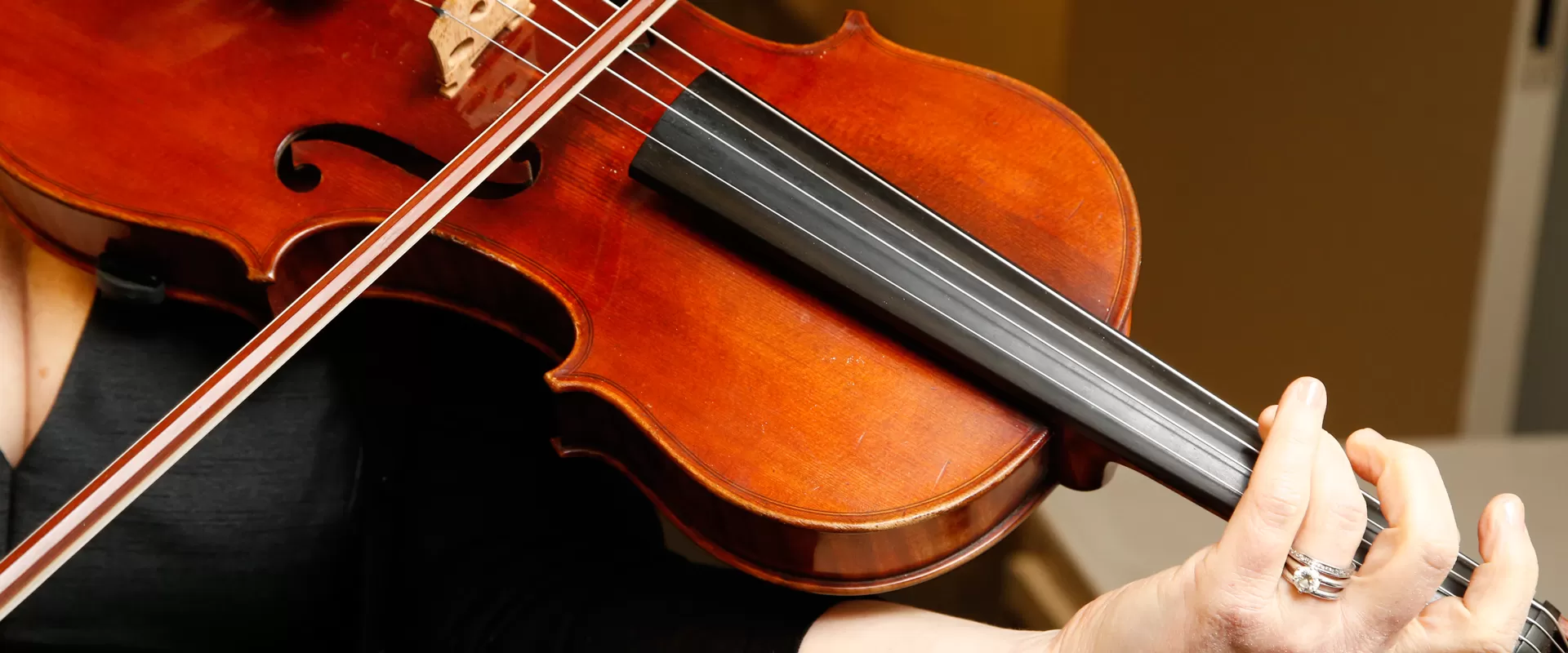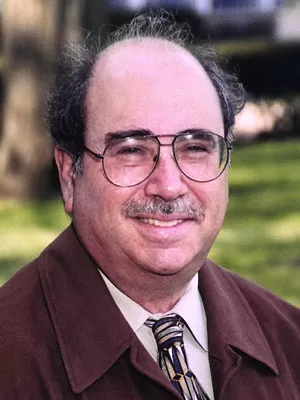Nov 3, 2002 - 12:00 pm
First performance September 1, 1944 for the film Der Führer schenkt den Juden eine Stadt. First concert performance September 13, 1944, Terezín concert hall. Dedicated to Karel Ancerl.
The first performance of this piece occupies a bizarre place in the history of propaganda. In a grotesque abuse of the documentary format, the Nazis produced a film The Führer Gives the Jews a City. The “city” was the concentration camp the Germans called Theresienstadt, the former Czech fortress of Terezín, to which artists and dissidents from all over Europe were sent after the Nazi takeover of Czechoslovakia in 1941. In the film, this center of starvation, disease and terror is a place of gardens, happy children, and lively musical concerts, including scenes of an audience listening to this “Study.” A month after the film was made, two weeks after the actual concert premiere of this work, most of the members of the orchestra, as well as Haas, were sent to their deaths in Auschwitz. He was murdered in the gas chambers there on October 17, 1944.
The conductor of the string orchestra in Terezín was Karel Ancerl, who survived to become conductor of the Czech Philharmonic Orchestra. Although the original score of the “Study” was lost (some say Haas took it with him on the transport), Ancerl found most of the orchestral parts, except the double bass, in Terezín. A Haas family friend, Ludomir Peduzzi, reconstructed the score with Ancerl’s help, but Ancerl never could bring himself to conduct the work again.
Haas, a favorite student of Janacek, had launched a successful career in composition by the time of his internment. A dutiful son, he had juggled working in his father’s shoe business with his reative life, unlike his actor/director brother, Hugo, who managed to escape to Hollywood. Haas’s wife is credited with convincing him to concentrate solely on his musical career from about the mid-1930s. Haas saved his non-Jewish wife and their daughter by divorcing; he alone was sent to die. The creative spirit of the internees at Terezín defied the shadow of impending death, as their community of music and visual arts, both public and clandestine, flourished in that town of fear.
A Vanished World (1999) - David Stock (b. 1939)
Commissioned by Music of Remembrance.
World premiere: April 30, 2000, Benaroya Hall, Seattle, WA at Music of Remembrance’s Holocaust Remembrance Day concert.
Stock offers the following notes on A Vanished World:
Over the last decade and a half, I have written several works with explicitly Jewish content, including Yerusha (clarinet and chamber ensemble), A Little Miracle (mezzo-soprano and chamber orchestra), and Third Symphony (Tikkun Olam). Each of these pieces is built from Jewish material–both musical and conceptual, some invented and some quoted. Thus it was a real challenge when Music of Remembrance commissioned me to write a Holocaust-related work. My starting point was the old tune Shalom Aleichem, which is quoted in full in the middle of the piece. This led to other tunes through association; again, some are “real,” some invented.
What eventually emerged was a kind of aural snapshot of the pre-war world of East European Jewry, living on the edge of the abyss. The music is frequently interrupted by instrumental screams–perhaps warnings of what is to come?
The title comes from a famous book by Roman Vishniac: a photographic and literary depiction of that same Jewish world, now kept alive only in memory and memento.
The score was completed in August 1999, in Santa Fe, New Mexico, and is dedicated to Mina Miller, founder of this remarkable series.
A Vanished World is recorded on Music of Remembrance’s CD, Art from Ashes, Vol. I, with flutist Jody Schwarz, violist Susan Gulkis Assadi, and harpist Valerie Muzzolini.
Fragments of Isabella - Thomas Pasatieri (b. 1945)
Text by Isabella Leitner
World premiere performance: November 3, 2002, Benaroya Hall, Seattle, WA at Music of Remembrance’s Kristallnacht Commemoration concert.
When the Leiber Foundation of New York decided to commission a piece based on Isabella Leitner’s memoirs, the foundation requested that the author herself select the composer. The choice was made after Isabella and her husband, Irving, met Thomas Pasatieri at a New York performance of one of his operas in 2000. Shortly after the meeting, the composer received the book, and its 52-minute narration, from which this piece takes its name. From the taped narration, he selected sections to create what he calls the “arch” of the story: before Auschwitz; the time when Isabella was in the ghetto; the terrible time in Auschwitz itself; and then the escape, coming to America. These form what the composer calls the four “posts” of the story. For the musical themes which weave around those posts, Pasatieri tried to give the music a certain flavor by using “ancient Jewish themes,” which he sought from the singer Isabella Ganz. He says, “This is not what you would call a work based on Jewish themes, but many of these themes are incorporated. Not direct quotes, they don’t hit you over the head, but they are part of the fabric of the piece.”
The instruments describe the story, and sometimes “set the spirit,” says the composer. Pasatieri, perhaps the most prolific living American composer of art song and opera, says he worked with the tape as though it were an operatic voice. “Sometimes it rides above the orchestra, sometimes by itself, sometimes accompanied by the orchestra. Sometimes the orchestra is reacting to things said by the voice. In that sense, I would call it an operatic work.” Pasatieri chose to set the work for chamber orchestra, because “the intimacy of a chamber orchestra is unmatched for this particular subject.” “This was a heart-wrenching piece to write,” the composer admits. His year of composition included frequent meetings with Isabella. For most of that year, he says, “I was gut-wrenchingly involved every day.” The work is scored for violin, viola, 2 cellos, double bass, flute, clarinet, oboe, trumpet, horn, harp, and piano, with audiotape narration.


